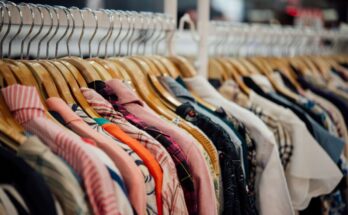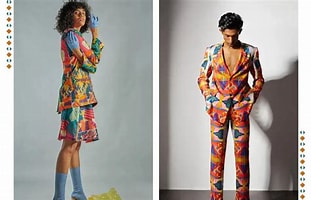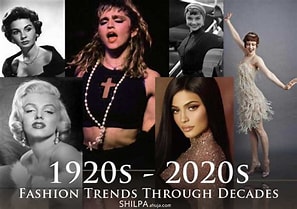Royal Regalia
Introduction
When we think of royalty, images of grand crowns, ornate robes, and majestic scepters often come to mind. These items, collectively known as royal regalia, are not just beautiful artifacts; they are powerful symbols of authority, tradition, and cultural heritage. From ancient dynasties to modern monarchies, royal regalia has played a crucial role in the ceremonial aspects of governance. In this article, we will explore the evolution of royal fashion and regalia, delve into the symbolism behind crowns and other royal garments, and discuss their cultural significance throughout history.
Understanding Royal Regalia
What is Royal Regalia?
Royal regalia refers to the ceremonial items used by monarchs during significant events such as coronations, state ceremonies, and other official functions. This includes crowns, scepters, orbs, robes, and various insignia that signify the monarchy’s power and legitimacy.
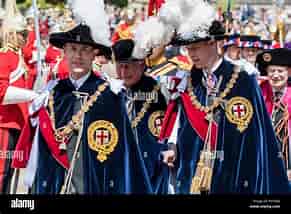
The Purpose of Royal Regalia
The primary purpose of royal regalia is to represent the authority of the monarch. These items are steeped in tradition and often carry historical significance that connects the current ruler to their predecessors. They serve as visual reminders of the continuity and stability of the monarchy.
Historical Context
Ancient Origins
Early Symbols of Power
The use of regalia can be traced back to ancient civilizations. In Egypt, pharaohs wore elaborate crowns adorned with precious stones to symbolize their divine right to rule. Similarly, in Mesopotamia, rulers used various insignia to denote their authority.
The Roman Influence
The Romans also contributed to the concept of regalia with their laurel wreaths and ceremonial garments. These symbols were often used during triumphal processions to signify military victories and imperial power.
The Evolution Through the Middle Ages
Crowns in Medieval Europe
As Europe transitioned into the Middle Ages, crowns became more elaborate. Monarchs began using crowns not only for ceremonial purposes but also as a way to assert their sovereignty over their realms.
The Role of Religion
Religion played a significant role in the evolution of royal regalia during this period. Crowns were often blessed by religious figures during coronation ceremonies, reinforcing the idea that monarchs ruled by divine right.
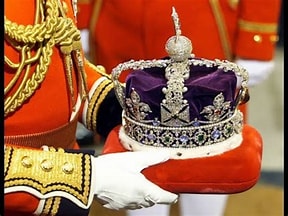
Key Elements of Royal Regalia
Crowns: The Ultimate Symbol of Authority
Types of Crowns
Crowns come in various styles, each with its own significance:
- Coronets: Worn by nobility or peers; less elaborate than a full crown.
- Diadems: Often associated with divine or royal authority.
- Imperial Crowns: Used during coronation ceremonies; typically adorned with precious gems.
The Craftsmanship Behind Crowns
Creating a crown is no small feat. It requires skilled artisans who meticulously design and craft these symbols of power from precious metals and stones. For example, the British Crown Jewels include intricate designs that have been passed down through generations.
Scepters: Symbols of Governance
What is a Scepter?
A scepter is a staff carried by a monarch as a symbol of sovereignty. It represents authority and governance over a kingdom.
Notable Scepters
One famous example is the Sceptre with the Cross, part of the British Crown Jewels. This scepter symbolizes Christ’s authority over the world and reflects the intertwining of religion and monarchy.
Orbs: Representing Sovereignty
The Orb’s Significance
The orb is a spherical object that represents global dominion. It is often used alongside crowns and scepters during coronation ceremonies.
Historical Examples
The Imperial Orb used in British coronations features a cross on top and symbolizes Christ’s reign over Earth.
Robes: The Garments of Power
Ceremonial Robes
Robes worn by monarchs during significant events are often richly decorated with embroidery and precious fabrics. They signify dignity and status.
Cultural Variations
Different cultures have unique styles for royal robes. For instance, in Japan, emperors wear traditional garments known as shinto robes during ceremonies, reflecting their historical significance.
Cultural Significance Behind Royal Regalia
National Identity
This Dresses often embodies national identity and pride. It connects citizens to their history and cultural heritage while fostering unity under a common symbol.
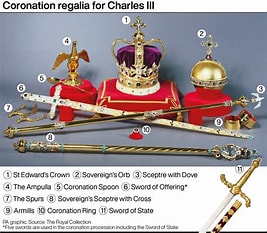
Ceremonial Importance
Regalia plays an essential role in state ceremonies that mark significant transitions such as coronations or weddings. These events highlight continuity within leadership while celebrating cultural traditions.
Modern-Day Royal Regalia
Changes Over Time
While many elements remain traditional, modern monarchies have adapted their regalia to reflect contemporary values while still honoring history.
Examples from Modern Monarchies
- British Monarchy: The British Crown Jewels continue to be used during state occasions but have also become symbols attracting global tourism.
- Norwegian Monarchy: Norway’s regalia includes historic crowns dating back centuries but has evolved in style reflecting modern sensibilities.
The Role of Regalia in Global Monarchies
Comparative Analysis
Different countries have distinct approaches toward royal regalia:
- United Kingdom: Richly adorned crowns with deep historical significance.
- Japan: Emphasis on traditional garments reflecting Shinto beliefs.
- Thailand: Elaborate ceremonial attire showcasing Buddhist influences.
Symbolism Across Cultures
Despite differences in style or materiality, royal regalia universally symbolizes authority across cultures—serving as visual manifestations of power recognized globally!
Preservation Efforts
Museums and Exhibitions
Many countries maintain museums dedicated to preserving royal regalia for future generations. These institutions educate visitors about history while showcasing craftsmanship involved in creating these iconic pieces.
Restoration Projects
Efforts are made worldwide to restore damaged or aging pieces within collections; this ensures continued appreciation for artistry behind these significant artifacts!
Conclusion: A Tapestry Woven Through Time
Royal regalia represents more than just ornate objects; they weave together stories about power authority culture throughout history! From ancient crowns worn by pharaohs to modern-day scepters held by reigning monarchs—each piece carries immense significance reflecting societal values at different points in time!
As we explore these fascinating artifacts let us remember their importance not only as symbols but also as reminders about our shared human experience—one where tradition meets innovation while shaping identities across nations!
FAQs
1. What is royal regalia?
It refers to ceremonial items used by monarchs during significant events like coronations; it includes crowns, scepters, orbs, robes among others symbolizing authority!
2. Why are crowns important?
Crowns symbolize sovereignty; they represent divine right while serving as visual markers indicating who holds power within a monarchy!
3. How has royal regalia evolved over time?
It has evolved from simple designs into elaborate pieces reflecting cultural shifts while adapting modern sensibilities without losing historical significance!
4. What role does royal regalia play in national identity?
It fosters national pride connecting citizens with their heritage—serving as reminders about shared history while promoting unity under common symbols!
5. Where can I see examples of regalia today?
Many countries maintain museums showcasing regalia; notable examples include The Tower of London housing British Crown Jewels or Thailand’s Grand Palace featuring exquisite ceremonial attire!
